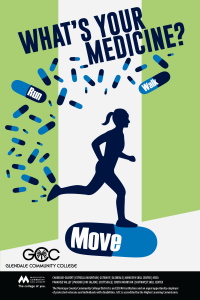It’s been a week. Not to over-share, but this week I put $3000 into repairs for my car. This did not even fix the A/C blower that still works inconsistently. Luckily, I can get the blower to work if I open the driver’s door while the car is running and then slam it shut really hard. I thank my eleven year-old for helping me figure out that tip.
Also, this week, my father was diagnosed with Alzheimer’s Disease, and though my family has known for a while that something is terribly wrong with my dad and we weren’t surprised at the diagnosis, I’ve still felt a lot of sadness this week.
In addition, my eleven year-old had a orthodontic installation on Tuesday afternoon, which has now given him a speech impediment. (He thayth hith Th’th funny now.) and a sore mouth. This has made him cranky. He also can’t eat well and has had his fill of pudding, apple sauce, and soup this week.
There are also other stressors on our family plate, like are on all family’s plates, but I’ll spare you those.
So why do I share all of this personal information with people I don’t really know that well? It’s something about that human connection. And that’s the same reason why I teach: for the human connection.
What keeps me afloat in a week like this one? My work. My students. Every day is an opportunity to make a difference in some small way. You have to love a job like that. And I think when I can make a difference, even in a small way, I can step out of my own personal difficulties, even for a little while. While I’m helping a student edit his essay that’s due that evening, I’m wholly invested in our work in that moment together. Then, I don’t have to worry about my dad or my son or the car.
Furthermore, working daily with my students means that I am reminded daily that everyone has challenges. We just all do. I’m no different than any other person who’s sitting in a chair in my class, except that I have my degree, and I get to use it in a meaningful way. Now, I can help others work toward their goals, despite their personal challenges. Keeping in mind that we all have difficulties while attempting to achieve our goals means that I can work with students more mindfully. Like me, like everyone else, they are managing a lot.
Earlier this week, one of my twenty-something year-old students just had surgery to remove thyroid cancer from her body. She emailed me last night to say that the surgery went well but that she is in a lot of pain. I wrote her back and told her to sleep and rest as much as she could. Next week, if she’s able, she can take up her writing again for our course. And then she can use Spring Break to catch up.
Obviously, this student’s cancer surgery this week completely pales my own worries or challenges. In January, she knew this surgery was looming and asked at the beginning of the semester if I would work with her when the time arrived. I said I would. I figure if she wants to continue her education while fighting cancer, she should. In fact, I find her approach to be incredibly brave. It would be easy to give up one’s educational goals in the face of cancer, even if only for the semester.
So I as I teach my students daily, they teach me. And these lessons sustain me–especially through the rough weeks. And I’m sharing all of this with you, just in case maybe just one of you has had a challenging week, too. 🙂



